Six Gems for The Jewelry Lover’s Bookshelf
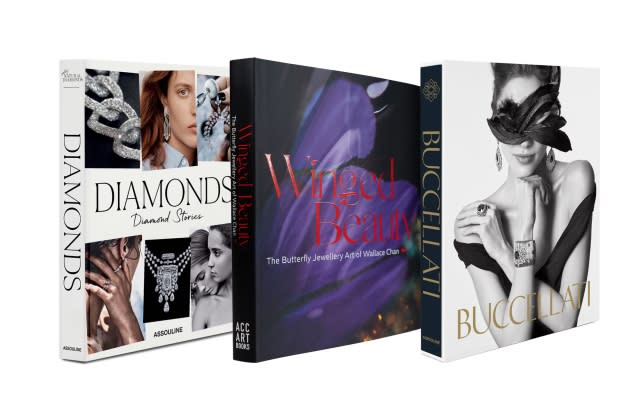
How to capture the soul of jewelry? How to immortalize the ephemeral beauty of butterflies? Why is a drawing the most important part of a jewel? The answer to these questions are at the heart of new tomes that look beyond the glittering surface of historic jewelry houses and contemporary creators.
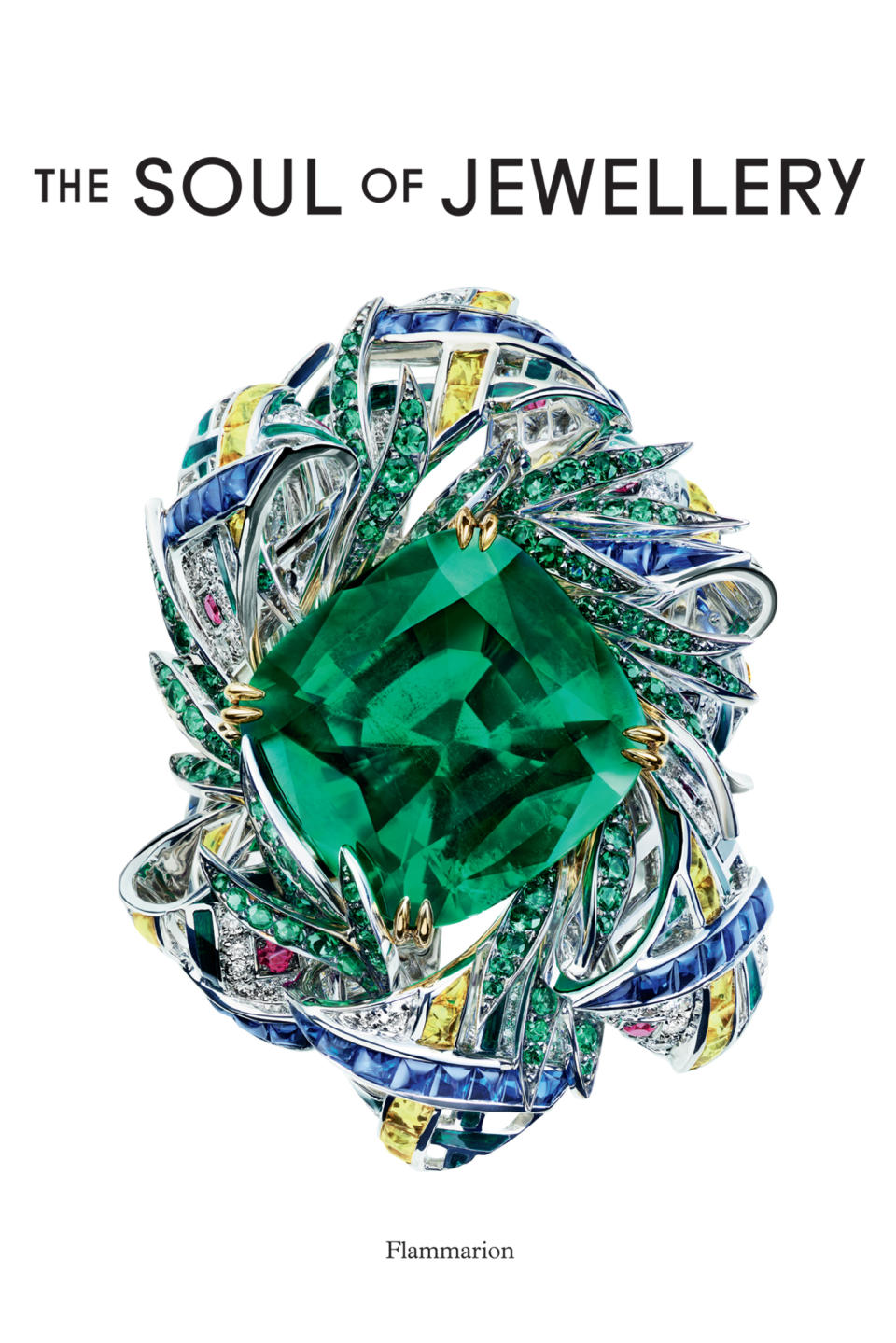
Courtesy of Flammarion
More from WWD
“The Soul of Jewelry”
256 pages, 60 British pounds
Published by Flammarion
Precious stones may well be “the most concentrated form of wealth that exists,” according to Dr. Amin Jaffer, senior curator of The Al Thani Collection, but as he and his co-authors make clear in “The Soul of Jewelry,” that’s not what jewelry is about.
In each essay, authors as diverse as perfumer Frédéric Malle, who likens jewels to perfume for their ability to transform “the receptive skin into a sensual object,” and Italian-born philosopher Emanuele Coccia, who says “the ego is nothing other than the most ancient form of jewelry,” take the reader through one particular aspect of jewelry. There’s even a tale, written by contemporary French novelist Caroline Martinez, that follows two young lovers through the frozen landscape of Siberia as climate change forever alters their relationship.
Accompanied by larger-than-life images of historical and contemporary designs by French jewelry house Chaumet, this kaleidoscopic approach makes for a novel take on these objects of desire, dreams and fascination.
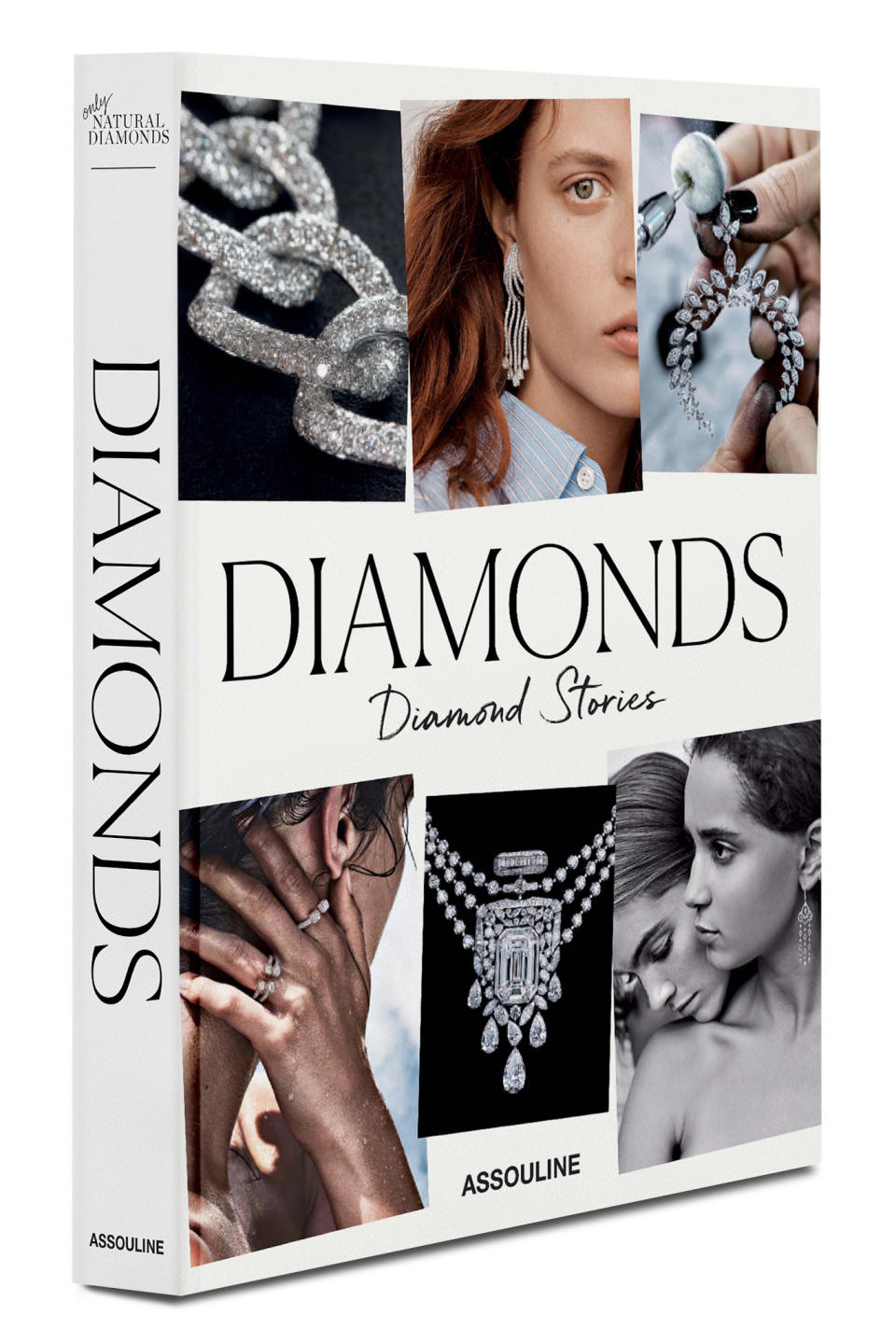
Courtesy of Assouline
“Diamonds”
260 pages, 95 euros
Published by Assouline
There are diamonds, glittering additions to any jewelry, and then there are diamonds — the major rocks that led to the downfall of Marie-Antoinette and the French monarchy, or the 203.04-carat DeBeers Millennium Star unveiled as the clock struck midnight on New Year’s Eve 1999.
Although the latter is well represented, it’s the former that are the real stars of “Diamonds,” a coffee-table tome edited in a collaboration between Assouline and the Natural Diamond Council, an organization that represents the interests of natural diamond producers.
“Today, the diamond is an everyday jewel that celebrates all moments of life, and life itself, especially after the pandemic. That’s what we want to celebrate through [the book] and our [recent] campaign with Ana de Armas,” said NDC’s France director Mina El Hadraoui. Cue quotes from designers like Messika, Sabyasachi or Anita Ko; notes on historic houses and rocks-of-the-ages, and a procession of red carpet moments featuring Margot Robbie and Gigi Hadid, among many others in this book that makes a case for adding a bit of sparkle to one’s self, whatever the occasion.
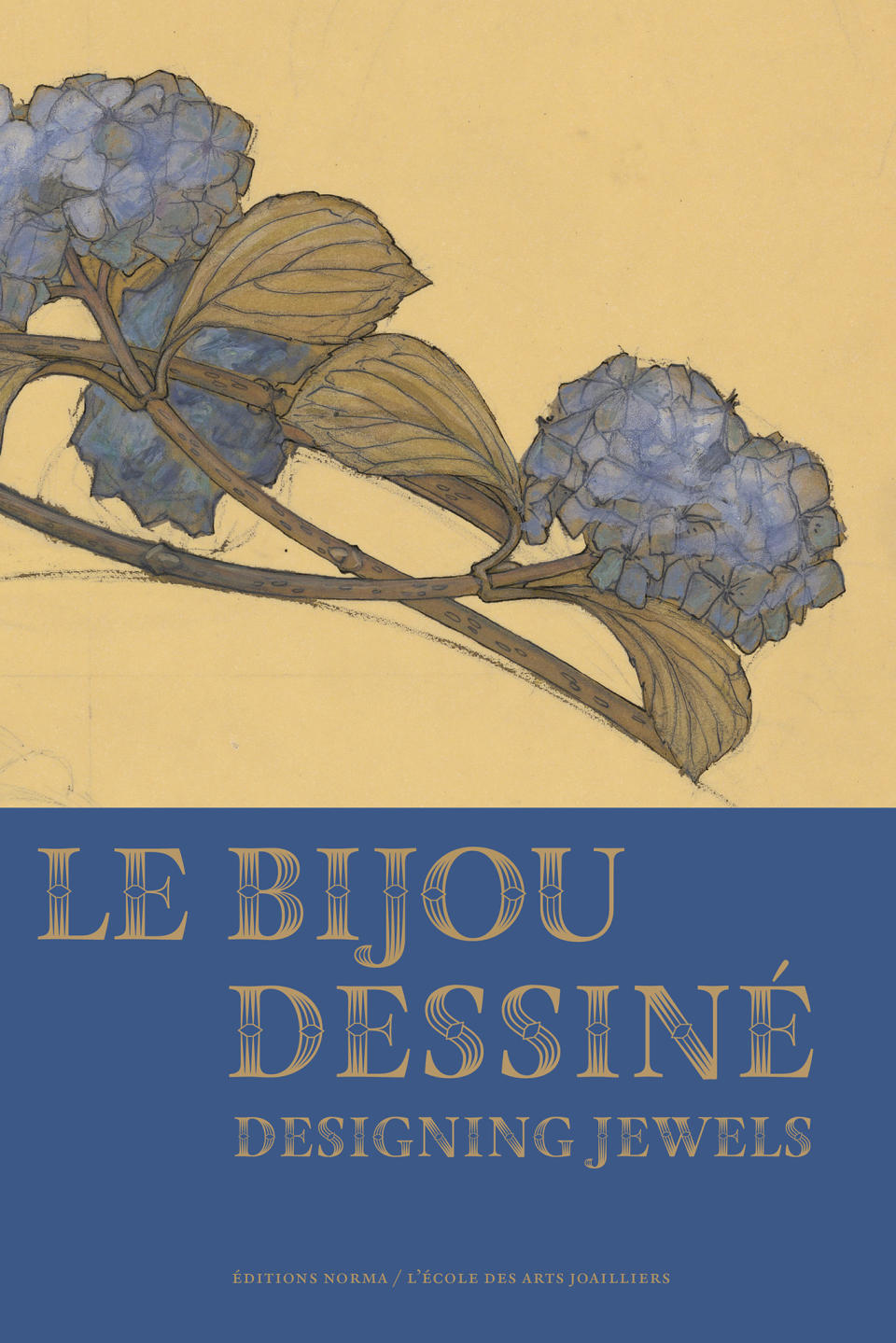
Courtesy of Éditions Norma/L'École des Arts Joailliers
“Le Bijou Dessiné — Designing Jewels”
192 pages, 39 euros
Published by Éditions Norma/L’École des Arts Joailliers
Behind every glittering treasure that traverses time is a fragile one: its drawing. An essential but oft-overlooked part of the design process, the true-to-scale drawing of a piece is more than an artist’s impression of a jewel. It is a reference for the different professions that will bring each piece into existence, and as such, requires some serious drafting skills and technical knowledge to correctly conceptualize a design with pencils and brushes.
Authors Michaël Decrossas and Stéphanie Desvaux noted the importance of jewelry drawings as historical documents that “provides, first of all, an irreplaceable account of past designs, those that have been conserved as well those that have gone, designs that were executed as well as those only envisaged,” for many reasons, including the sketch artist’s awareness of technical impossibilities.
Over 100 sketches dating from as far back as 1455 to the contemporary era are presented in this bilingual tome — a companion to the exhibition that runs in Paris until Feb. 14, 2022, at Van Cleef & Arpels’ Ecole des Arts Joaillers — telling the story behind the history of jewelry. From unsigned studies dating from the first half of the 17th century to illustrations drawn from the most renowned ateliers, “Le Bijou Dessiné — Designing Jewels” shows the artistry of a genre considered until recently to be a purely functional by-product of jewelry design.
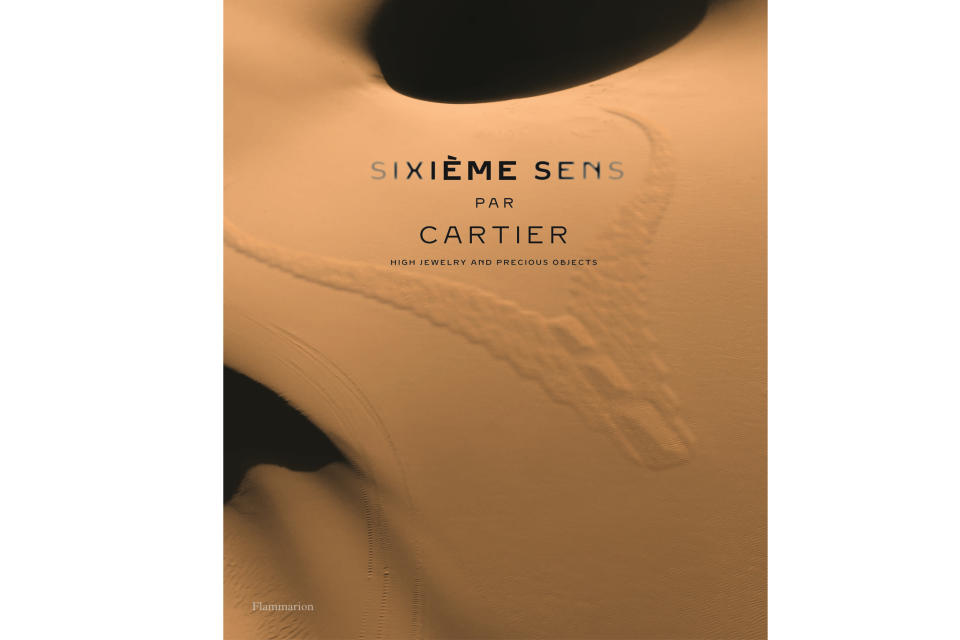
Courtesy of Flammarion
“Sixième Sens par Cartier — High Jewelry and Precious Objects”
256 pages, 60 British pounds
Published by Flammarion
Call it heart, soul or emotion. The sixth sense that gives its name to Cartier’s latest high jewelry collection might be difficult to pin down but its manifestations are a frisson of excitement in front of a work of art, a glittering outline, or the unadulterated delight of a gemstone.
In “Sixième Sens par Cartier — High Jewelry and Precious Objects,” author François Chaille weaves a narrative around emotional design by connecting elements as eclectic as a Renaissance tapestry of a woman and her jewelry chest, Mexican diva Maria Felix and, say, a picture of a stone formation. He even touches on the roots of the Cartier aesthetic, nodding to its use of color inspired by Indian jewelry heritage and the graphic designs nodding to the “modern style” it pioneered in the early decades of the 20th century.
With close-up shots and gouache illustrations of each piece as well as archival material from the house, this serves as a first step into the world of Cartier design for newcomers, while still providing those already familiar with its history with plenty of material to further delve into the modern-day designs of the French jeweler.
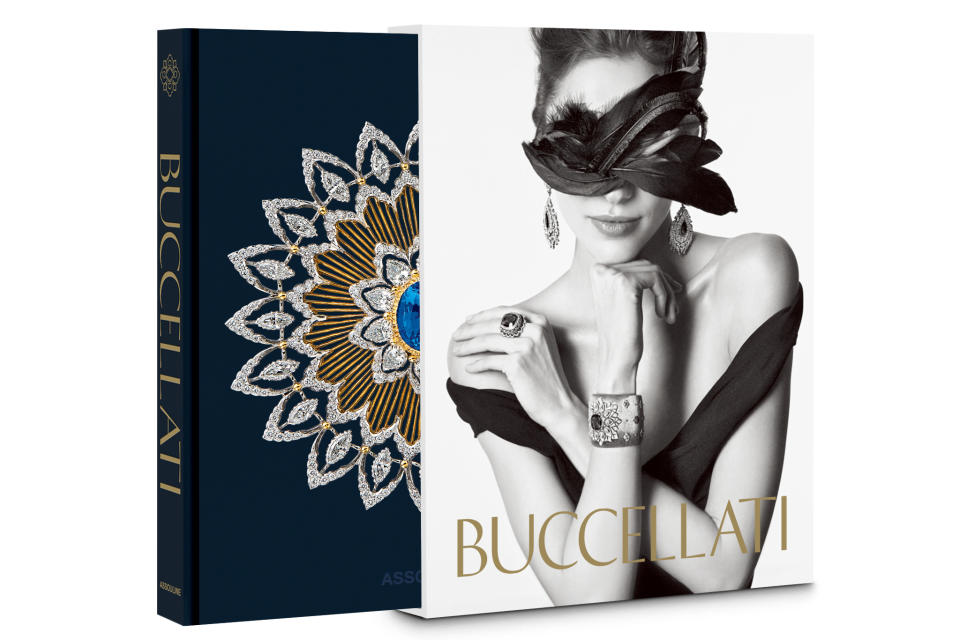
Courtesy of Assouline
“Buccellati — A Century of Timeless Beauty”
294 pages, 195 euros
Published by Assouline
There are untold secrets about Mario Buccellati’s brilliant career, from the intuition to establish a namesake jewelry company in Milan post-World War I, to his prolific correspondence with poet, politician, and Italian patriot Gabriele d’Annunzio. It is he who triggered the young jeweler to push the boundaries and come up with unexpected objects and jewels, including one revealing a Martian stone.
These anecdotes and many more are front and center in “Buccellati — A Century of Timeless Beauty,” a coffee-table book dedicated to the very Milanese jeweler’s 100-year-plus history articulated over seven chapters. Curator Alba Cappellieri noted that the jeweler has managed to crystallize the Italian values of beauty, timelessness and eternity, all the while staying in sync with the times. “I’m convinced that even high jewelry, while aspiring to become timeless, can be at the same time a ripe and true representation of the current times,” she said.
A testament to the endurance of the company — owned by luxury conglomerate Compagnie Financière Richemont since 2019 — through the decades and in the hand of four generations of the founding family, the tome boasts a hefty written component flanked by images of the most iconic high-jewels and silver pieces, as well as the aristocratic ladies who have worn them and the company’s artisans at work.
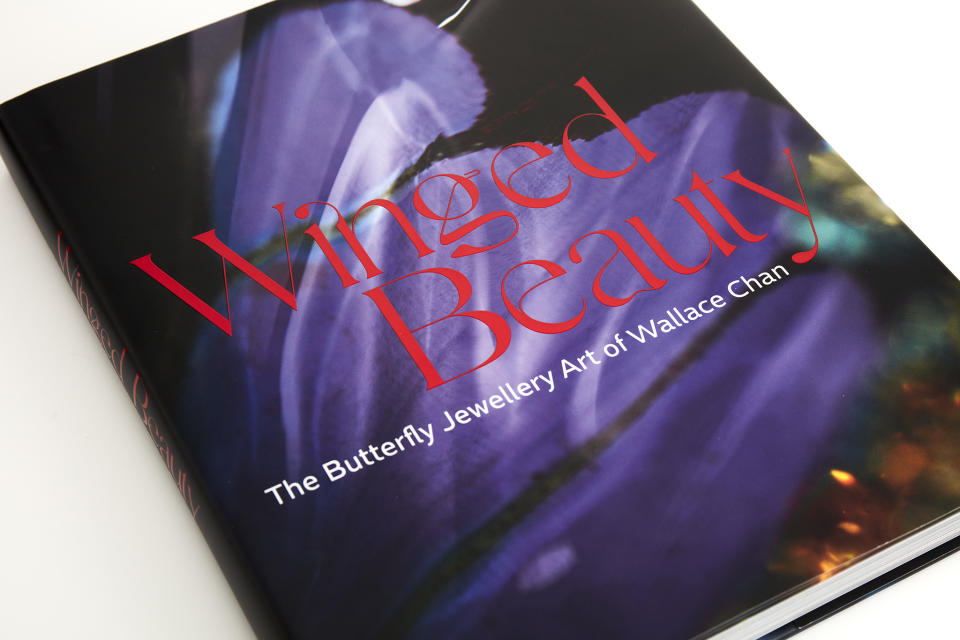
Courtesy of ACC Art Books
“Winged Beauty — The Butterfly Jewelry Art of Wallace Chan”
240 pages, 35 British pounds
Published by ACC Art Books
“One question remains after the butterfly has flown away: once it has gone, can its frail wings become eternal in any way other than in our memory?” This question, articulated by jewelry historian Vanessa Cron, is central to the work of Hong Kong-based jewelry artist Wallace Chan, who became known as “The Butterfly Man from China” the first time he attended Baselworld.
In “Winged Beauty — The Butterfly Jewelry Art of Wallace Chan,” a volume dedicated to 50 of his colorful insects, it’s amply evident that the powerful mystique of these jewels lies as much in the designs as in the materials and techniques used to bring them to life.
A proprietary porcelain said to be five times tougher than steel developed in 2018; the Wallace cut, a technique used to carve images into gemstones, and tools invented by Chan to achieve a color wash effect on titanium are as much the stars of this tome as his vibrant take on insects he saw as “flying colors” as a child.
Best of WWD

